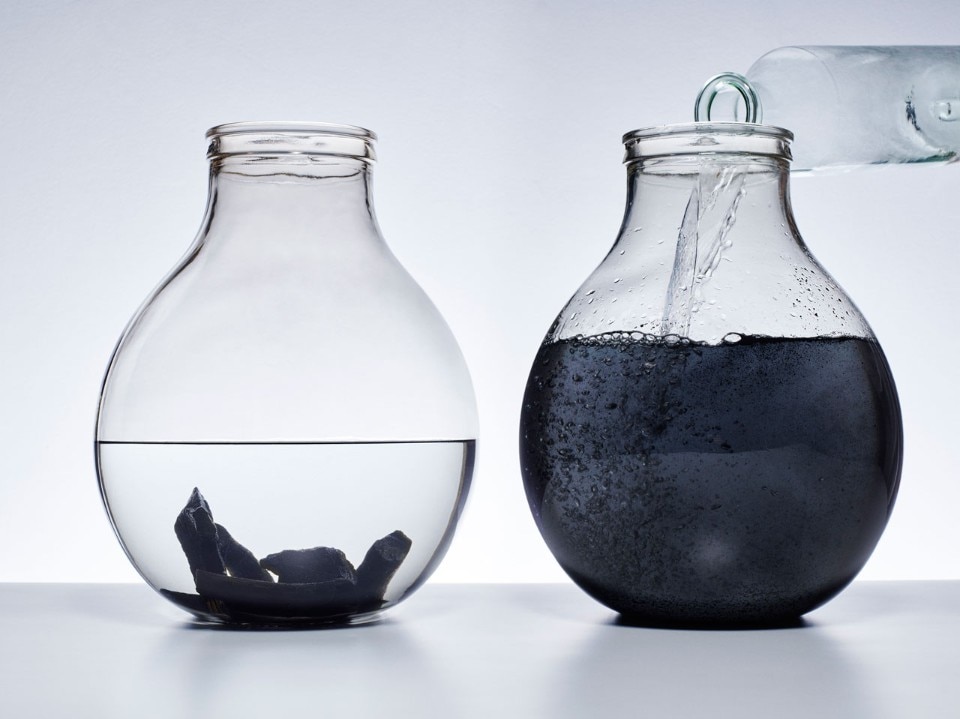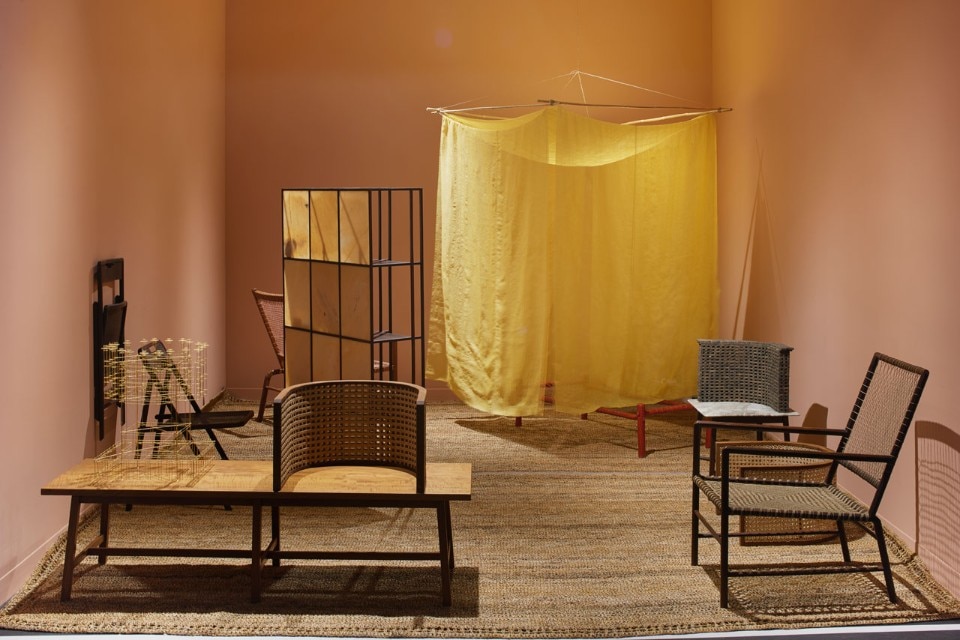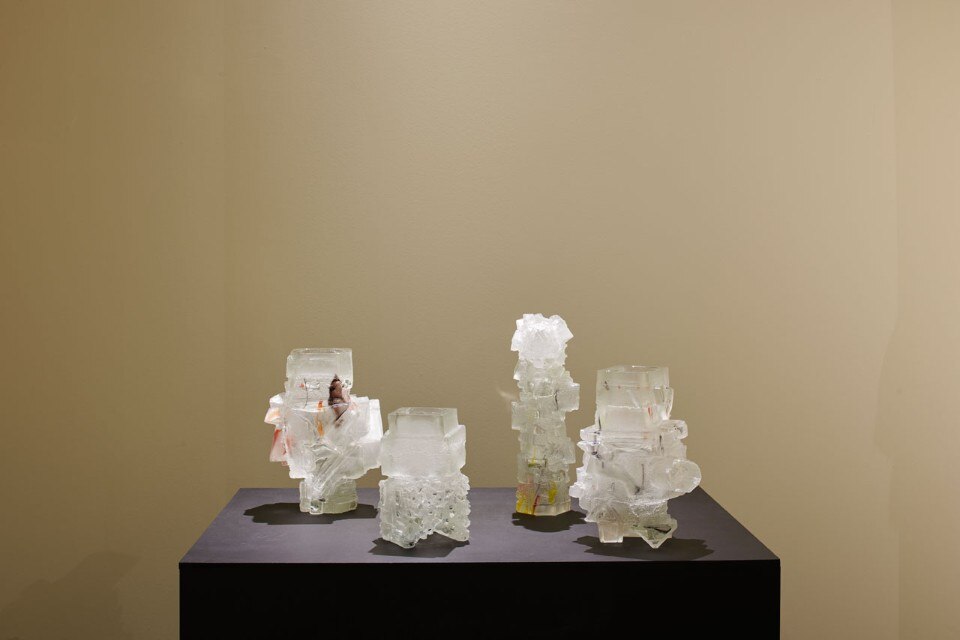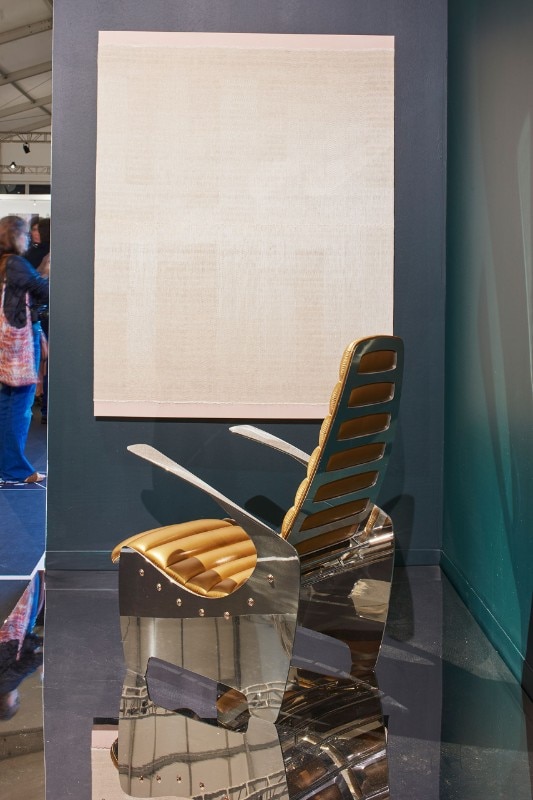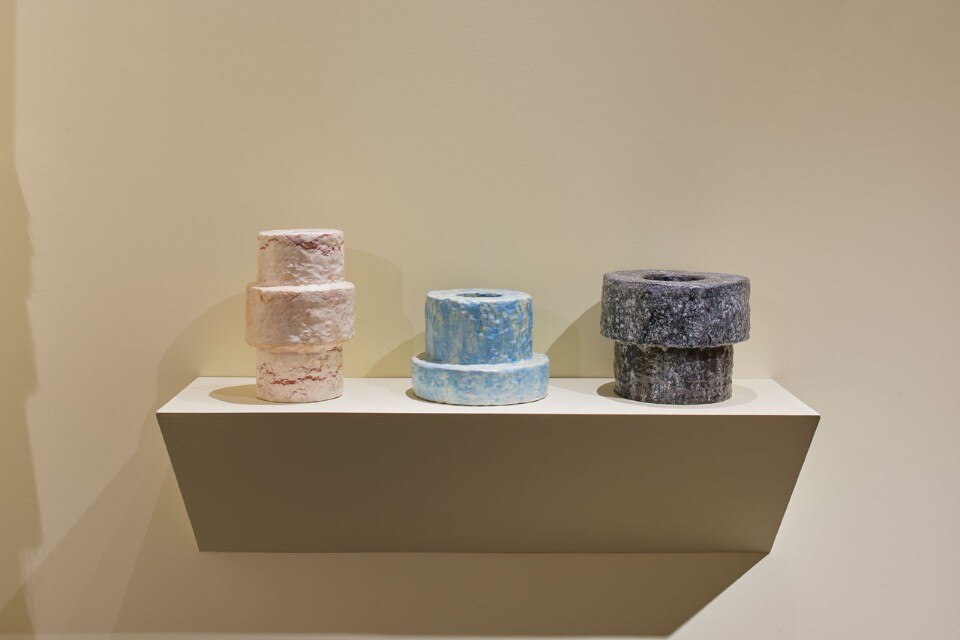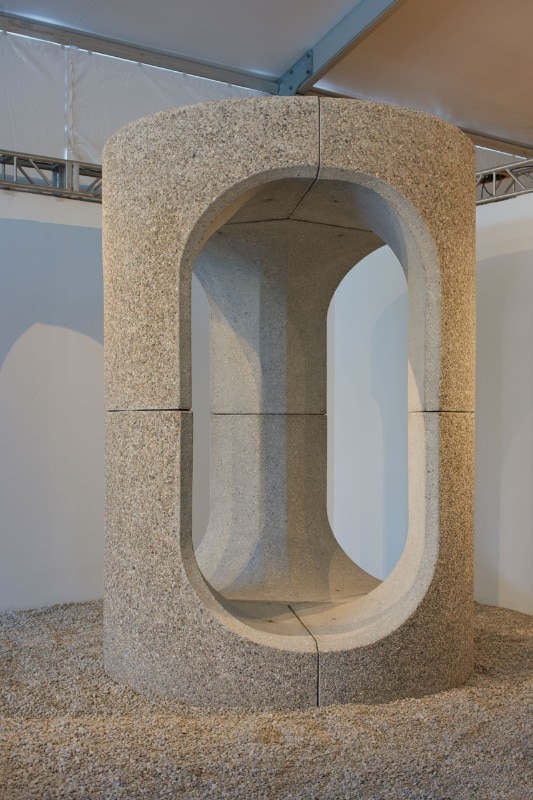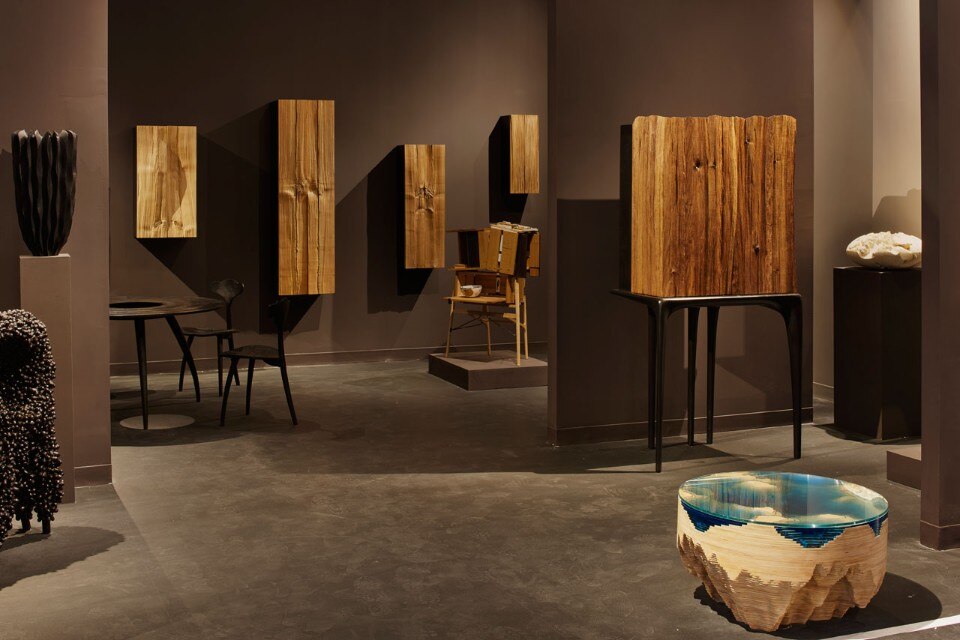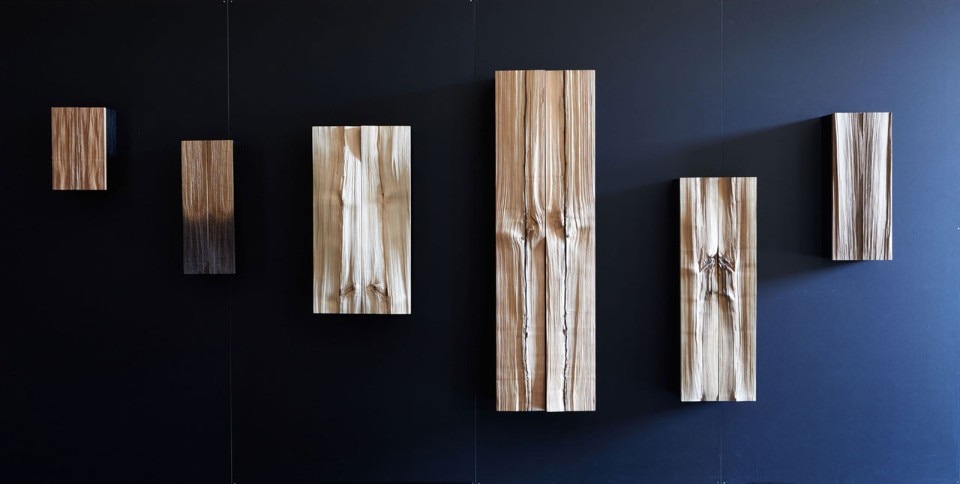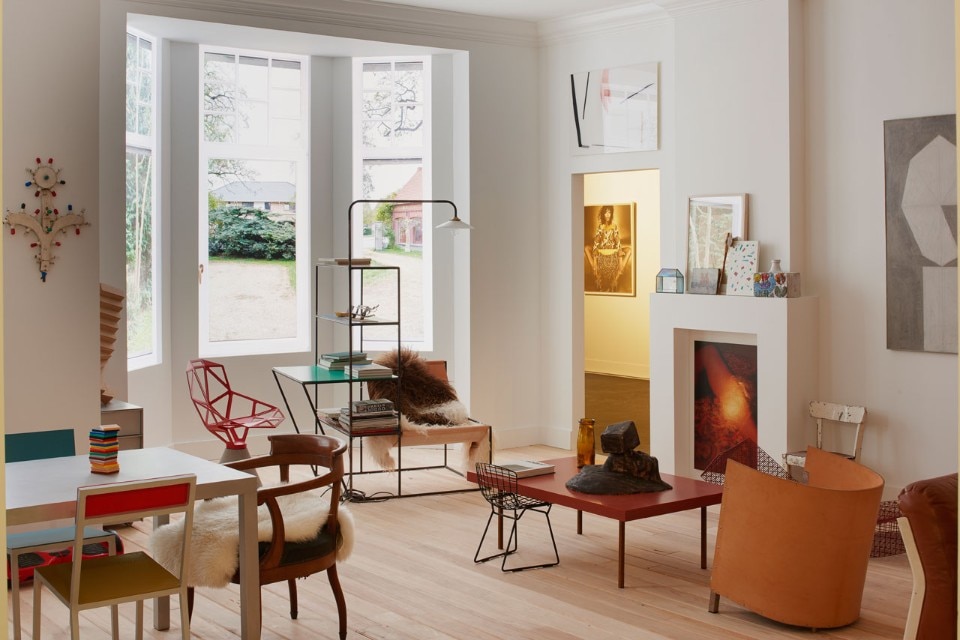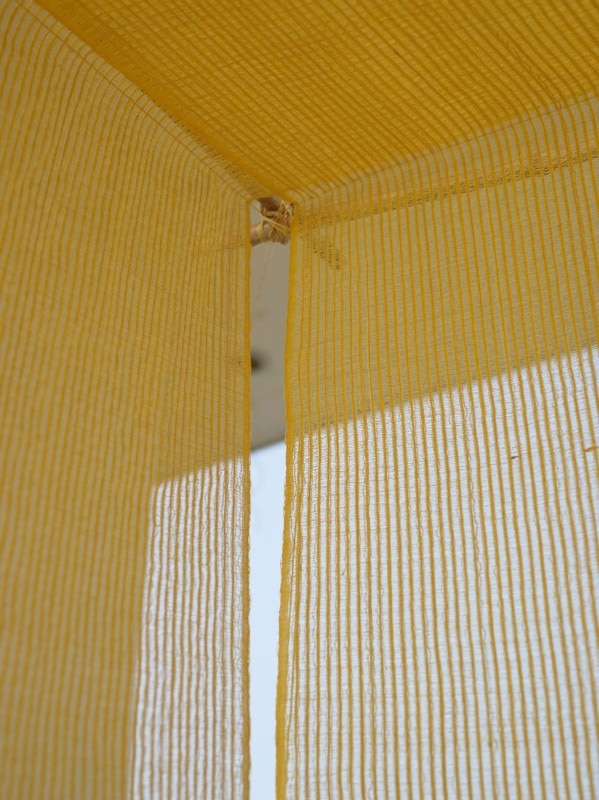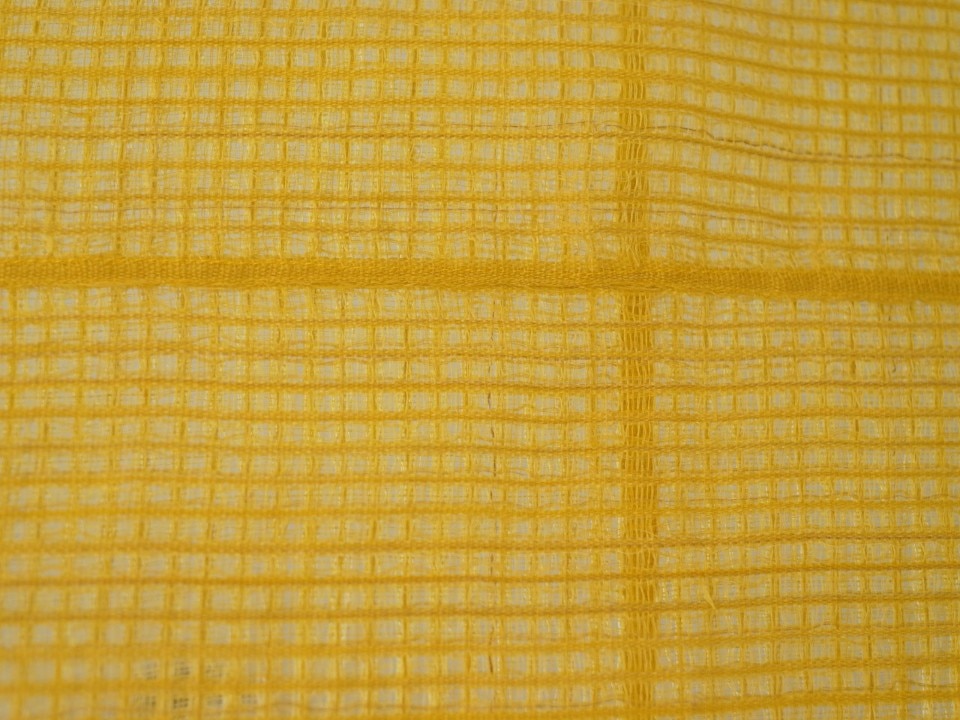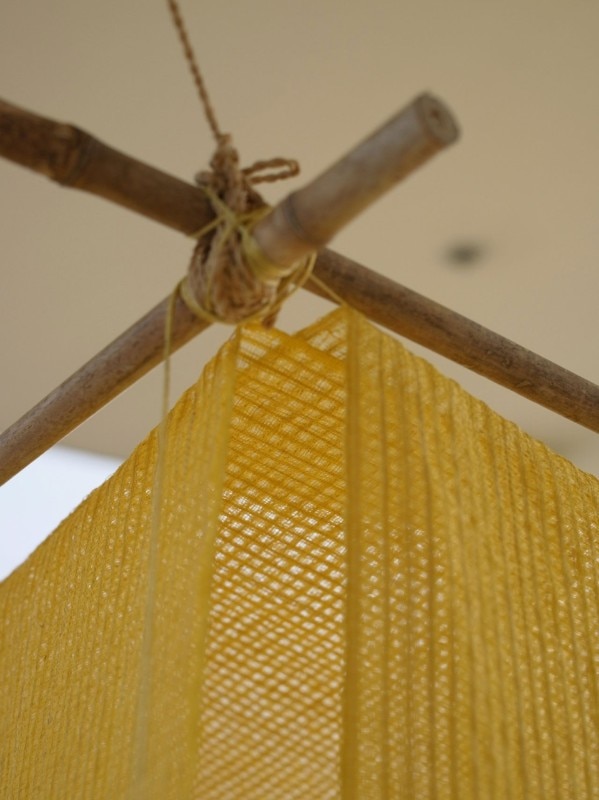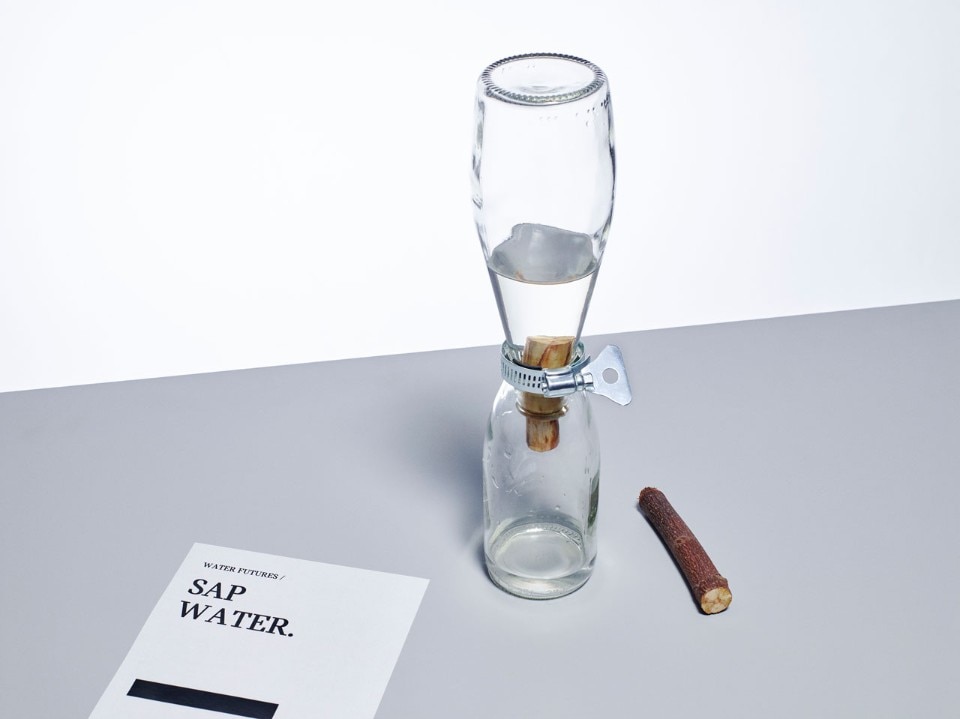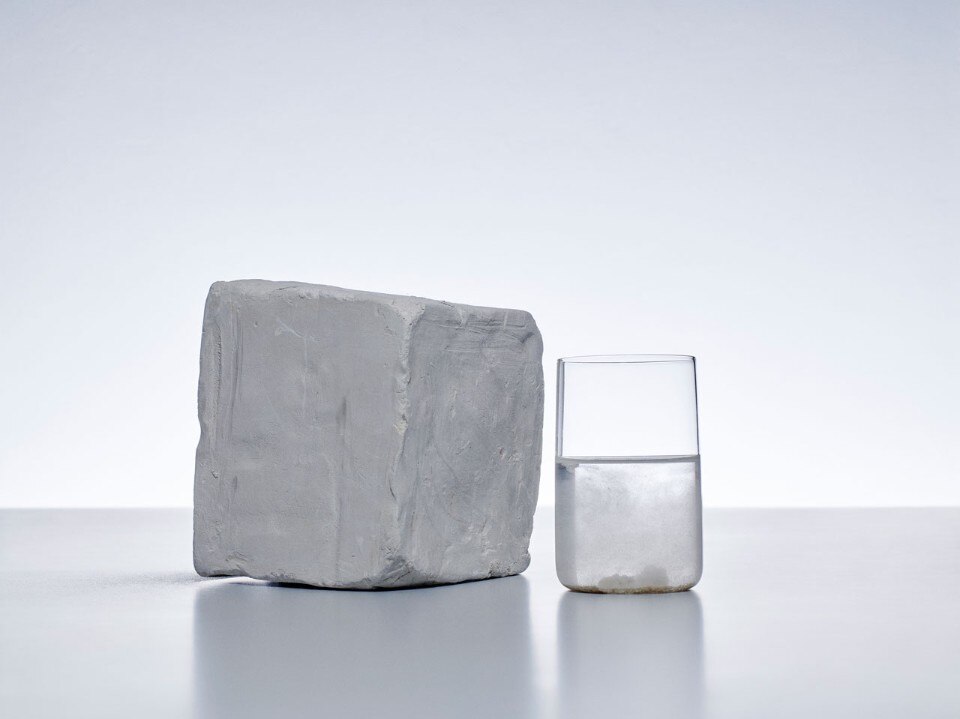Once you have crossed the threshold of the large white tent, enriched with a watercolour by the Canadian Leanne Shapton, opposite the Convention Centre, there is a circular structure made from cement to welcome visitors. Designed by Philippe Malouin, who emphasises that it is a bench, that is, an object, it is called Core and represents the first venture by this designer – also a Canadian – in the world of small-scale architecture. It was presented at the recently launched wing of the New York gallery Salon 94, Salon 94 Design (set up this year by Jeanne Greenberg Rohatyn and Paul Johnson), and originated with Super Benches, the project curated by Felix Burrichter.
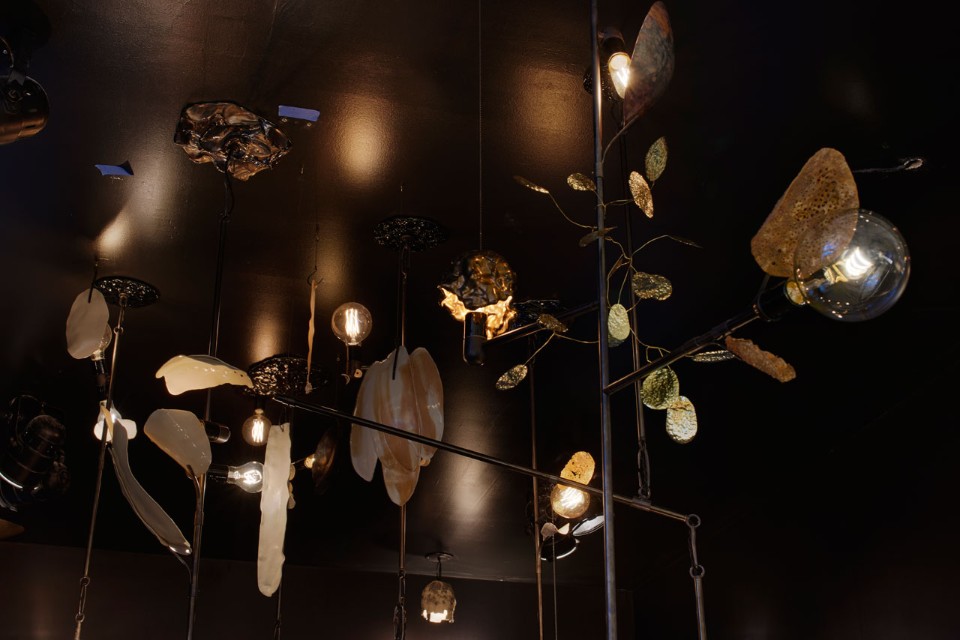
The idea of a cocoon, somewhere that embraces you and makes you feel secure, where you can in some ways insulate yourself from the world, is found in Net Room, a space bounded by an encircling silk curtain woven with orange squares and hung from slender bamboo slats. The design is part of the most beautiful collection on show at the fair – the work of the Indian architect Bijoy Jain (Studio Mumbai) for the lively new gallery MANIERA, based in Brussels. This is a series of furniture pieces of disarming simplicity and elegant craftsmanship, made from rosewood and developed in a Jain village-workshop in India. A bench becomes a seat thanks to a seemingly juxtaposed arch framing small pieces of brick, the same as are used in the local tradition; the seat, linked to a system of geometric elements, then becomes a piece of furniture with shelving. These enigmatic, suspended pieces seem fragile, though appearances are deceptive; their primal elegance reflects the architect’s philosophy of construction.
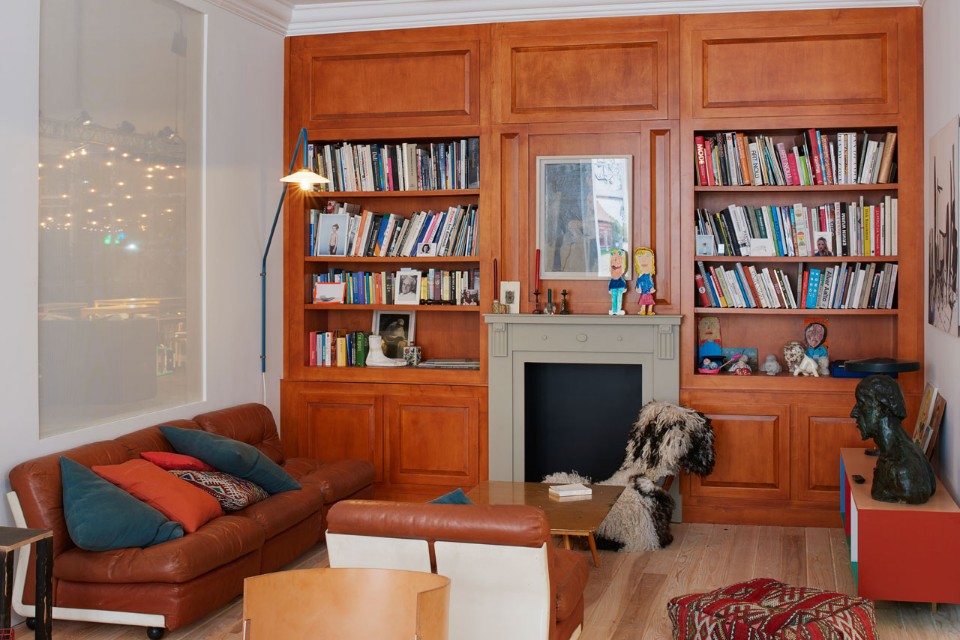
The house as symbol and archetype – an intimate, shared refuge (though it is more than this, of course) – is presented in an unusual work by Muller Van Severen (the duo of Fien Muller and Hannes Van Severen) entitled A Wild Thing, designed for Airbnb. The Belgian couple have literally transported the living room of their home in Ghent to Miami, replicating it exactly within the space of the fair, with books, souvenirs and works of art that have belonged to the family for generations, but also with large-scale photographs of the garden that can be seen from the window of the original house. While the two designers enjoy the Florida sun, others are living in their house in the heart of Europe, where it is certainly not as warm. For those who want to know more, the walls talk – literally: precise positions activate audio tracks related to the objects, explaining their history, provenance and the reason for their presence.
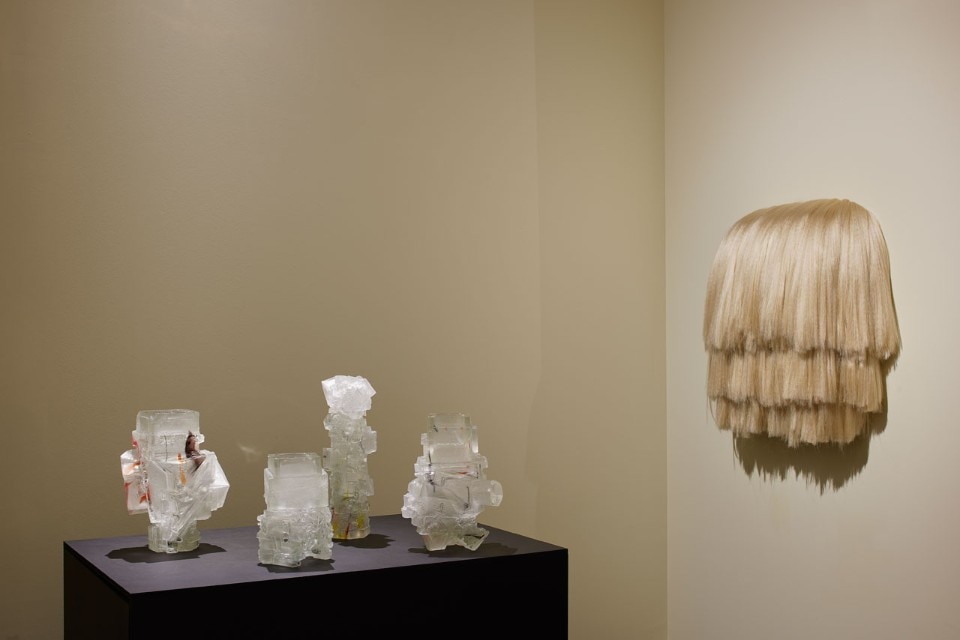
Architecture and design are fused in the choices of Chicago’s Volume Gallery, headed by Sam Vinz and Claire Warner, who have made a careful and excellent selection of objects developed by American designers. Two extraordinary pieces are Dining Chair and Lounge Chair, the first made of bronze and the second of aluminium with metallic leather. They were designed in the mid-80s by the architects Krueck+Sexton, also based in Chicago. Research is fundamental for these two gallery managers, as is the role of US design in this globalised world. Hybrid materials are key in the layout for Construction Deconstruction (set design by Rami Dalle, with work by Sayar&Garibeh and Khaled El Mays) in House of Today, an ambitious creative platform dedicated to investigative design; it was founded in Beirut in 2012 and supported by Cherine Magrabi Tayeb.
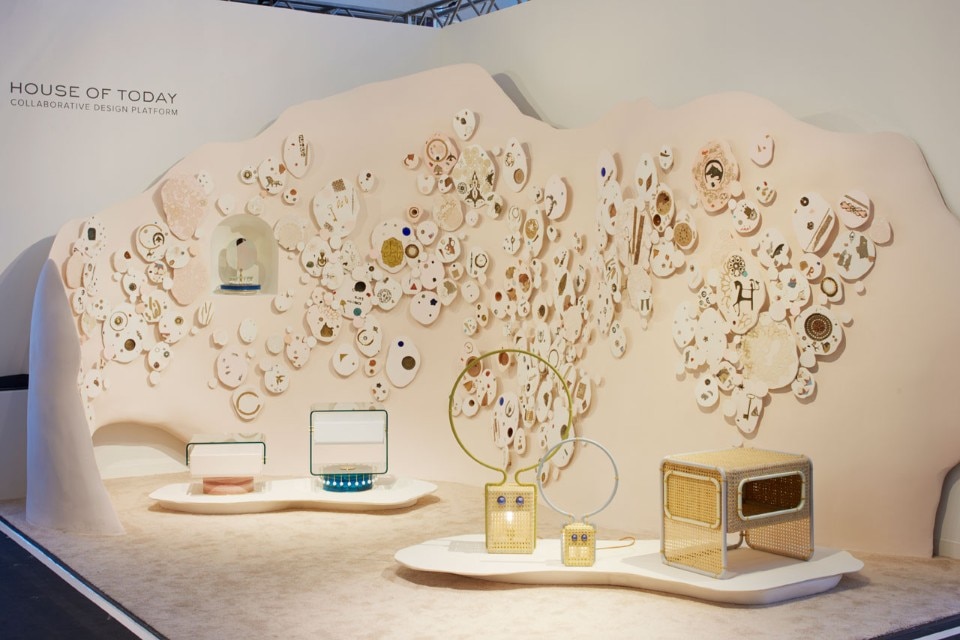
The respect that Peter Marigold and Tadanori Tozawa (from Japan) show in their treatment of wood in Cleft Cabinets, for the London-based Sarah Myerscough Gallery, is exceptional – the wood in the six cabinets seems alive. The two have challenged themselves with the bisymmetry of the exact division of a single log, then have used it magisterially in a way that enhances the texture. There is an interesting association of materials in the large chandelier designed by Lindsey Adelman and inspired by the writings of the physicist and philosopher Carlo Rovelli – the work is entitled The Edge of What We Know – while the spaces of Victor Hunt, the French Laffanour, Patrick Seguin and Kreo offer examples of outstanding contemporary and classic design.
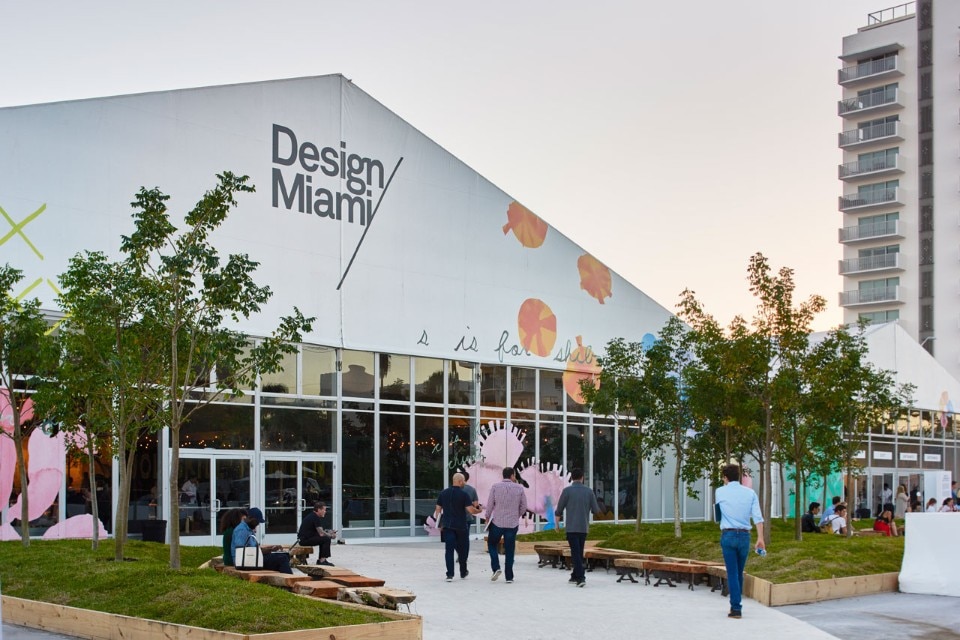
Outside the fair, Studio Drift (Lonneke Gordijn and Ralph Nauta) presented the performance, or better the flying sculpture Franchise Freedom, developed in collaboration with BMW, a swarm of 300 luminescent drones flocking like birds in front of the Faena Hotel, which reflected their shadows on the ocean – it is the first time that a natural phenomenon has been reproduced by machines run using algorithms, they say. The British creative Jane Withers has launched a research programme on water entitled Water Futures, hosted by A/D/O, a laboratory space over 2,000 square metres in size supported by MINI and headed by Nate Pinsley and Alyse Archer-Coité, in Greenpoint (Brooklyn). Their work invites the design community to investigate future design for drinking water. These days, not everyone here is aware that our planet can no longer wait.
